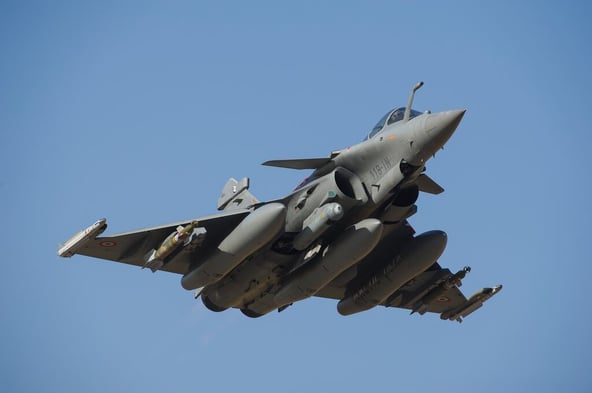

The Pahalgam Attack and Rising Tensions
On April 22, 2025, a gruesome terrorist attack shook the serene town of Pahalgam in the Union Territory of Jammu and Kashmir. A group of heavily armed terrorists conducted a deadly carnage, killing 26 civilians and injuring dozens more. The attack, reminiscent of the 2019 Pulwama suicide bombing, once again brought the Indo-Pakistan conflict to the forefront of South Asian geopolitics.
Preliminary investigations by Indian security agencies attributed the attack to Lashkar-e-Taiba (LeT), a Pakistan-based terror outfit with a long history of orchestrating cross-border attacks. This incident, unfolding against the backdrop of Pakistan's ongoing internal instability and increasing Chinese assertiveness along India’s northern borders, has prompted the Indian government to contemplate a decisive military response, similar to the Balakot airstrikes that followed Pulwama.
However, the strategic calculus of 2025 is significantly more complex than that of 2019. India’s military capabilities have evolved, new doctrines have been introduced, and the geopolitical dynamics in the Indo-Pacific and South Asian theatres have undergone profound transformations. In this context, it becomes imperative to assess what military options India possesses today, how they compare to the Balakot model of 2019, and what potential outcomes and escalatory ladders lie ahead.
Comparing 2019 and 2025: The Strategic Context
1. The 2019 Balakot Precedent
In February 2019, the Indian Air Force conducted precision airstrikes on Jaish-e-Mohammed (JeM) training camps in Balakot, Pakistan, in retaliation for the Pulwama suicide bombing that killed 40 CRPF personnel. The Balakot strikes marked a major doctrinal shift, as India broke from its self-imposed restraint and targeted terrorist infrastructure inside sovereign Pakistani territory.
Pakistan responded with an aerial intrusion that resulted in it losing its F-16 fighter jet and an Indian MiG-21 Bison being shot down. The Indian pilot, Wing Commander Abhinandan Varthaman, was captured and later returned by Pakistan, avoiding a wider escalation. The episode, while showcasing India’s new assertiveness, also highlighted the risks of engaging a nuclear-armed adversary.
2. The Military Landscape in 2025
Fast forward to 2025, India has undertaken a massive modernization drive:
Air Power Enhancement: The Indian Air Force has fully inducted two squadrons of Rafale fighter jets with advanced electronic warfare suites, precision-guided munitions, and Meteor Beyond Visual Range Air to Air Missiles (BVRAAMs). Indigenous fighter production has also surged, with the Tejas Mk2 entering operational service. This gives India a qualitative edge in precision strike capabilities.
Integrated Theatre Commands: India has operationalized its first Integrated Theatre Command (Northern Theatre), unifying resources across the Army, Air Force, and Navy. This enhances coordination, logistical synergy, and response time for cross-domain operations.
Missile Advancements: The Pralay quasi-ballistic missile, capable of high-speed, high-accuracy strikes within a range of 150 to 500 km, has entered service. Coupled with BrahMos and the Shourya missile systems, India now possesses a formidable standoff strike arsenal.
Air Defence Systems: The indigenous Akash and imported S-400 Triumf systems now provide a multi-layered air defense shield along India’s western borders. The induction of the Akashteer system has also enabled integrated low-level airspace control during combat.
Cyber and Space Capabilities: India’s Defence Cyber Agency and Defence Space Agency have matured, enabling cyber-offensive operations and real-time satellite intelligence, surveillance, and reconnaissance (ISR).
This transformation marks a quantum leap from India’s 2019 military posture.
